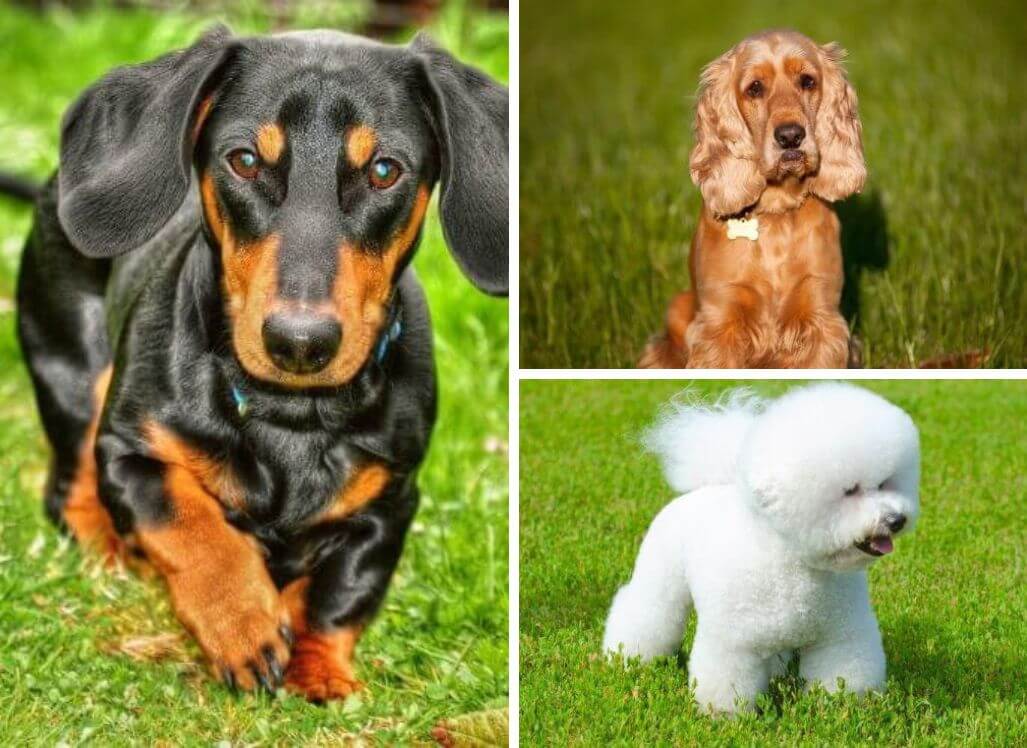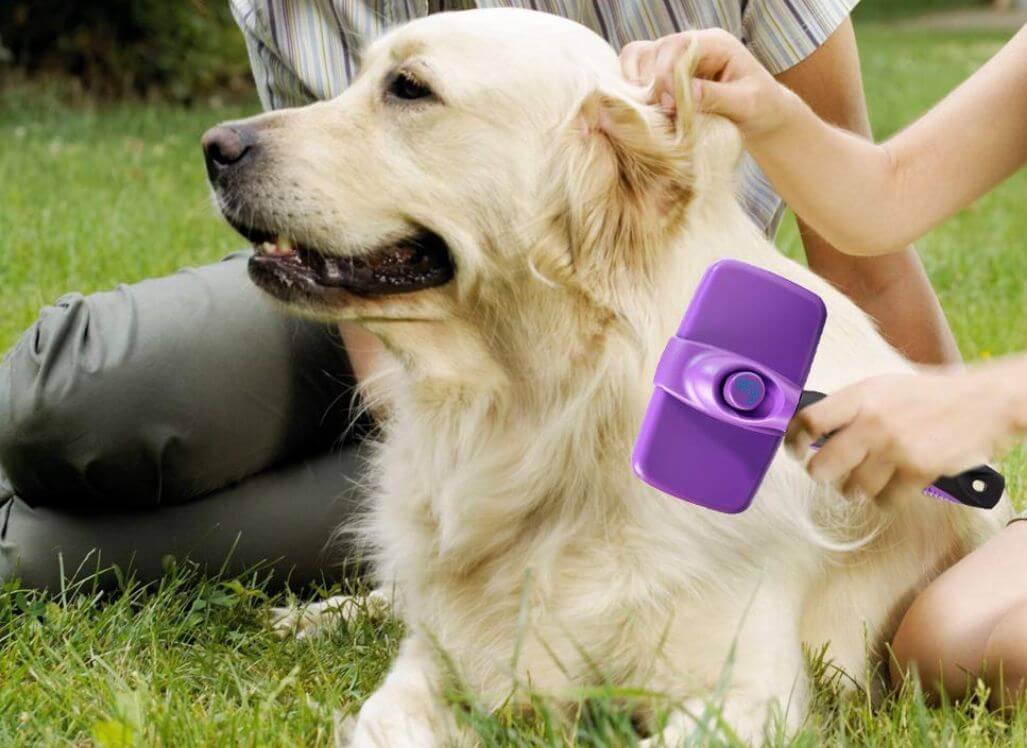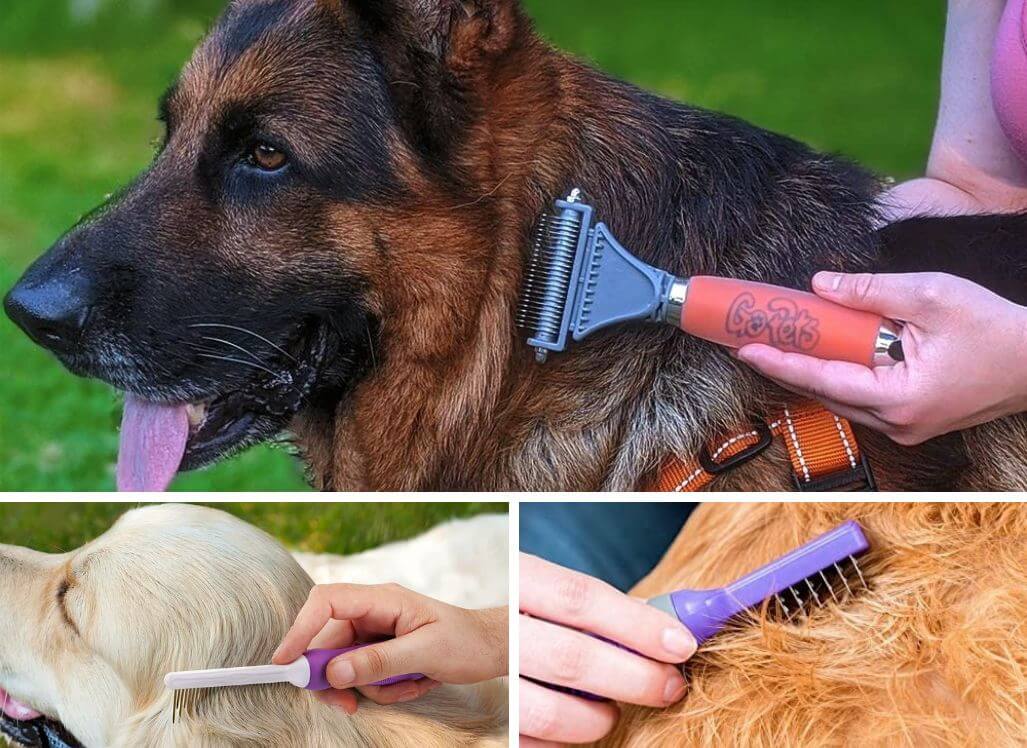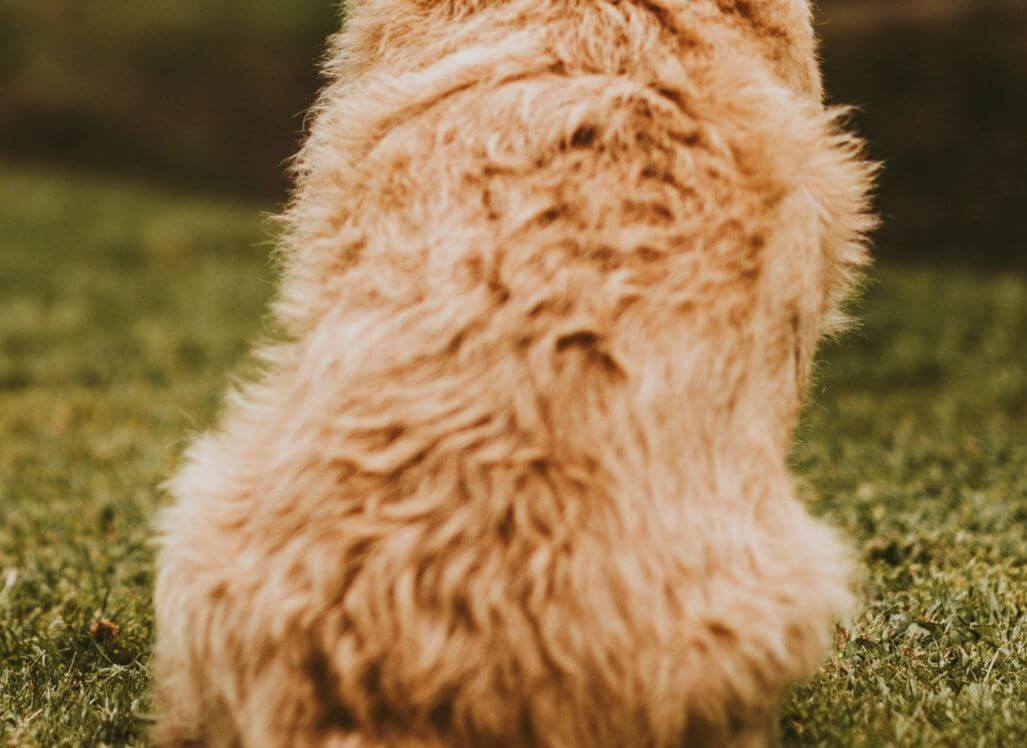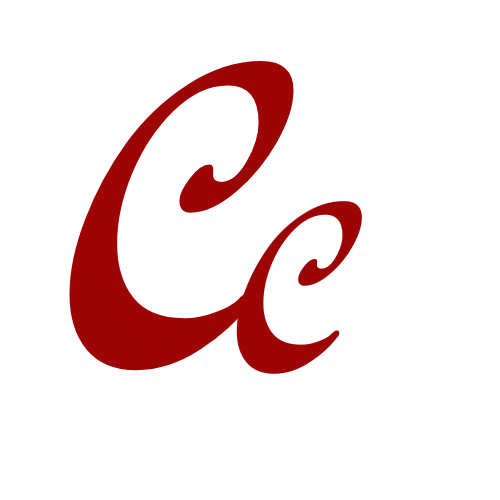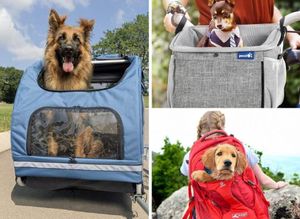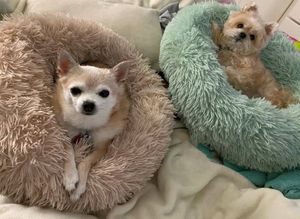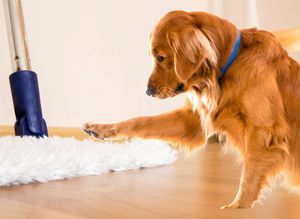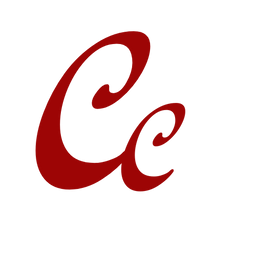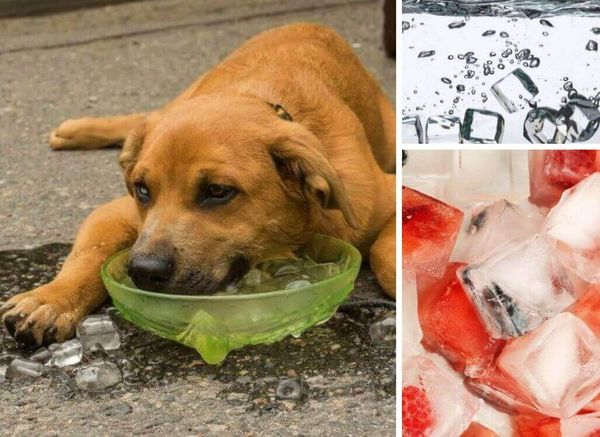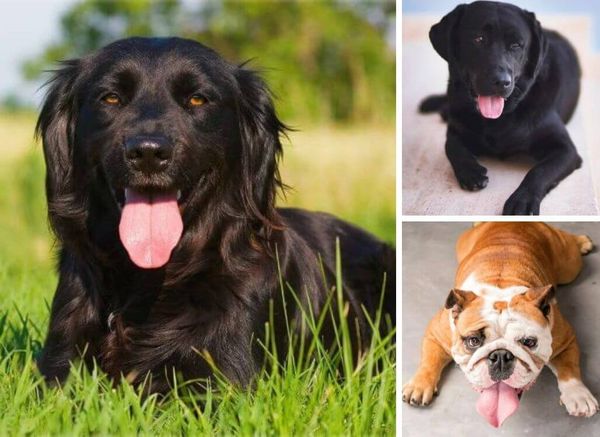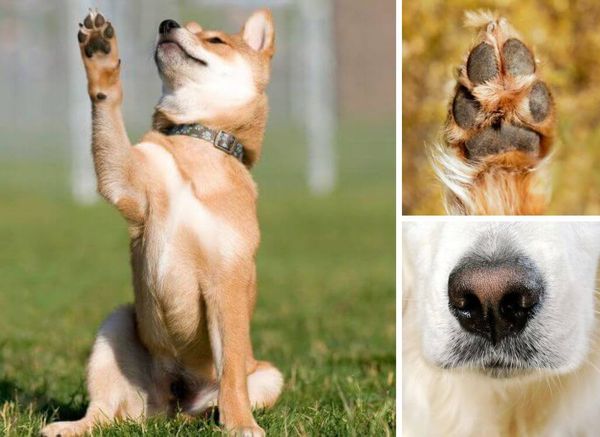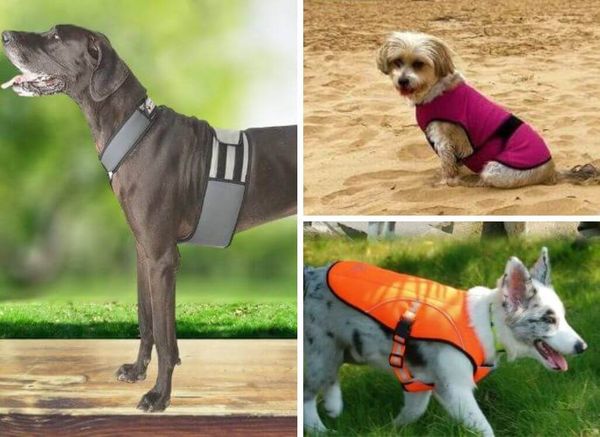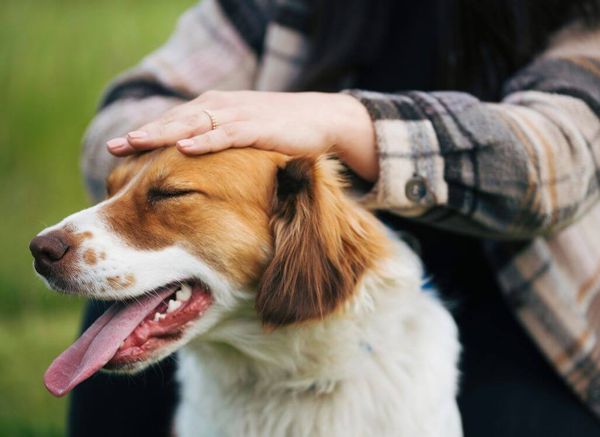As a responsible dog owner, one of your most important duties is ensuring your furry friend has a healthy coat. Regular brushing is an essential part of this process, but with so many dog brush types available, choosing the right one can be overwhelming.
Choosing the perfect brush for your furry friends really depends on their coat type. What works for one dog may not work for another. One size does not fit all in this case, as different coat types require different brushes for optimal care and grooming.
Each brush serves a different purpose and is more useful for certain coat types and issues. By understanding your dog's coat type and the purpose of each brush, you can select the best one for your furry friend.
In previous articles, we looked at the importance of brushing your dog's coat, and some of the different coat types. Today we look at the different types of brushes that you can use, and which ones work best for different types of coats.
Types of Dog Brushes:
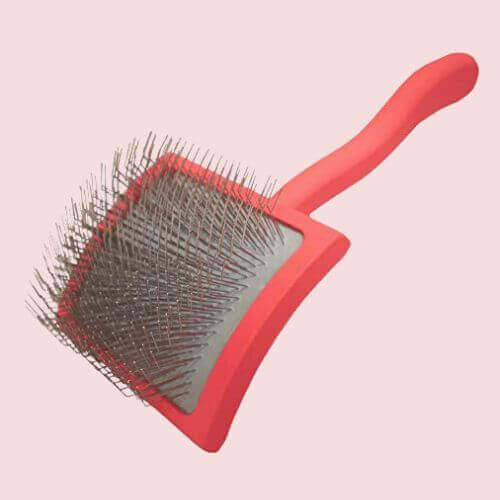
Slicker Brushes
Slicker brushes are one of the most common types of dog brushes out there. These brushes have fine, short wires that are tightly packed together. They're specifically designed to remove dead and loose fur, mats, and tangles. However, be sure to use it gently and avoid pressing too hard to avoid hurting your dog's skin.
If your dog has curly hair, long hair or thick fur, this type of brush is a great choice. For dogs with double coats, use the slicker brush regularly to remove any mats or tangles from the undercoat You can use a slicker brush with fine bristles on a wiry coat, to remove tangles and dead fur. You may also find a slicker brush more effective in dealing with the removal of any dead hairs in long silky coats.
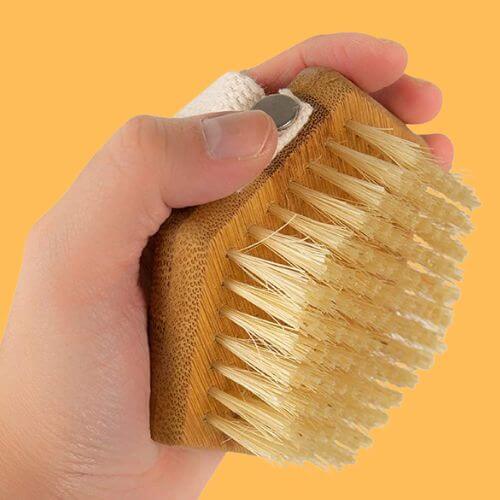
Bristle Brushes
Bristle brushes are typically made with tightly packed clusters of natural bristles, and are great for removing dirt, debris, and loose fur from your dog's coat, as well as massaging their skin. Bristle brushes are also great for distributing natural oils to promote a shiny coat.
They’re a great choice for short-haired dogs, but also give a lovely finish to wiry coats. Finishing the topcoat of a double coat with a bristle brush also gives the coat a healthy shine.
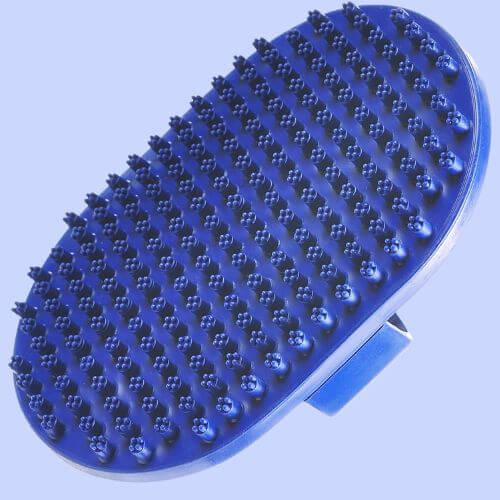
Rubber Brushes
Rubber brushes are also sometimes known as rubber curry brushes. The rubber brush is highly flexible, allowing it to bend around the dog's body, and has rubber "nubs" like teeth, which run smoothly over the dog's skin and coat, pulling loose fur off. These brushes offer a pleasurable massage for the skin and encourage the skin to produce natural oils, resulting in a soft and shiny coat, and can also help remove dirt, debris, and dead hair from a pet’s coat, and reduce shedding.
They're easy to clean as they can be washed with water and soap.
They work well for all types of coats, particularly on short hair breeds like Labrador Retrievers.
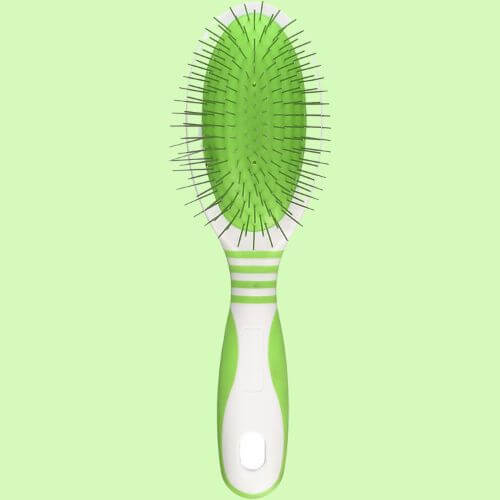
Pin Brushes
Pin brushes feature long, thin flexible wires with protective pins on the ends, pins that are perfect for getting through matted hair and tangles.
Pin brushes are great for curly coats as the bristles of the brush are more widely spaced than some other brushes. They also work well for long or fine coats, silky locks, and sensitive skin.
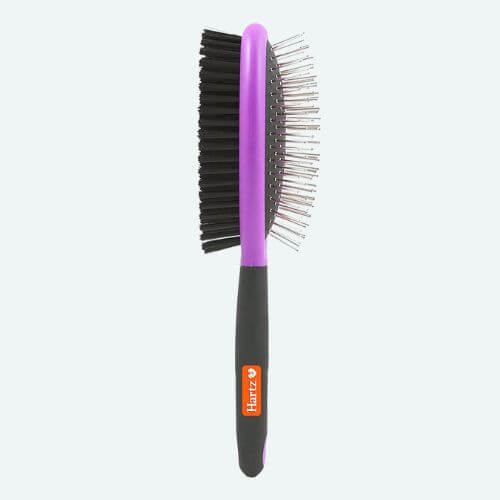
Double-sided Brushes
Double-sided brushes give you the best of both worlds. One side usually features wire pins that can help remove tangles and the other side features bristles that help to remove loose fur.
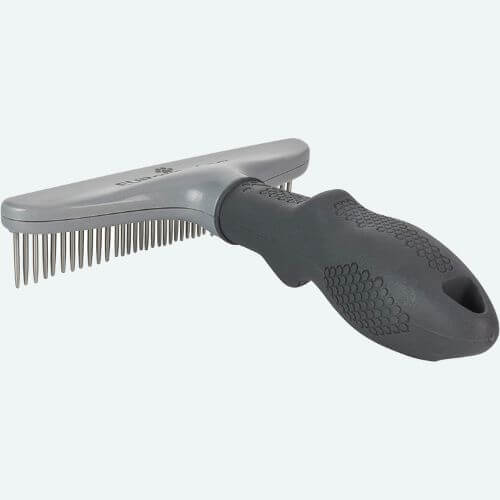
Rakes
Rakes (or undercoat rakes) are designed for dogs with thick, double-coated fur. Rakes are a type of brush that features long, downward facing teeth designed to penetrate deep into your dog's coat and remove any loose fur or debris. They work by reaching deep into the thick canine coats to remove tangles and dead undercoats.
Rakes are used on double coats to remove tangles and dead undercoats near the dog’s skin. Undercoat rakes can also be used for de-shedding heavy-coated and long-haired breeds
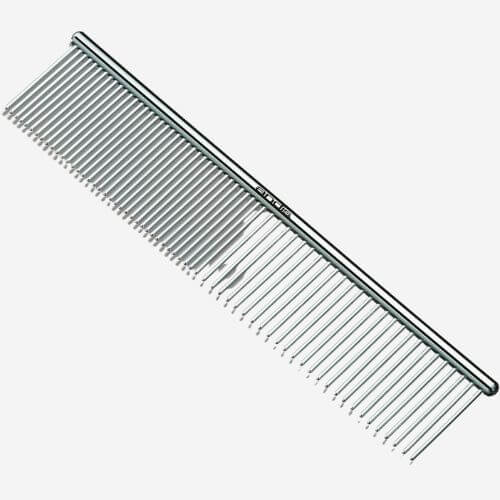
Combs
Combs, while not technically a brush, are often used in conjunction with brushes when grooming a dog's coat. They feature metal teeth that can help to loosen knots and make brushing a little easier. They are great for working on stubborn tangles and mats in your dog's fur.
Combs come in a variety of sizes, so be sure to choose the right one for your pup's coat type. They can be used on many coat types (long silky, wiry, curly coats, and double coats) sometimes on their own and other times after brushing to check for any missed mats or tangles.
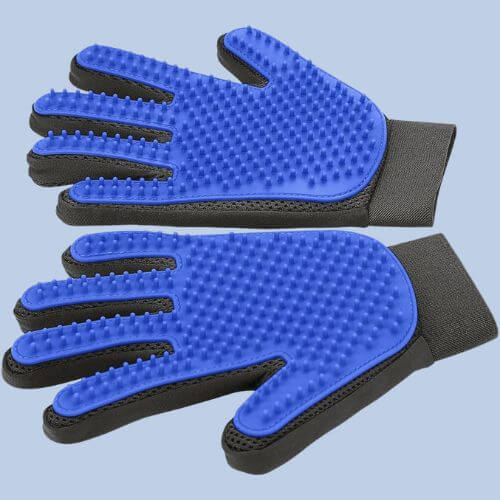
Grooming Gloves
Grooming gloves are a great alternative for pets who aren’t fond of traditional brushes - all you have to do is just slip it over your hand and stroke your dog. Grooming gloves are a type of brush that feature silicone or rubber bristles. They fit snugly over your hand like a glove and can be used to massage and remove dirt, debris, and loose fur from your dog's coat.
The gloves also act as a de-shedding tool; their material helps to get rid of any dead hairs. Plus, the soft bristles give your pup a gentle massage.
These types of grooming gloves are perfect for short-haired breeds or those with sensitive skin, as they provide a gentle and efficient way to get rid of dirt and dead fur. They’re also great for desh edding double coats.
To Sum Up:
Selecting the right dog brush can make all the difference in the health of your dog's coat. Consider your dog's coat type, length, and density when selecting a brush type. Use this guide to make the right choice and keep your pup's coat healthy, shiny, and beautiful!
You may also like:
